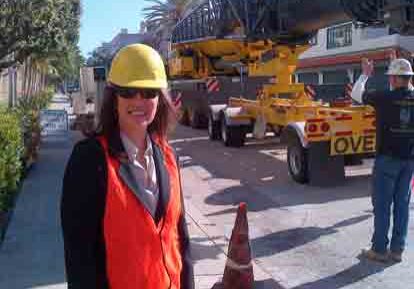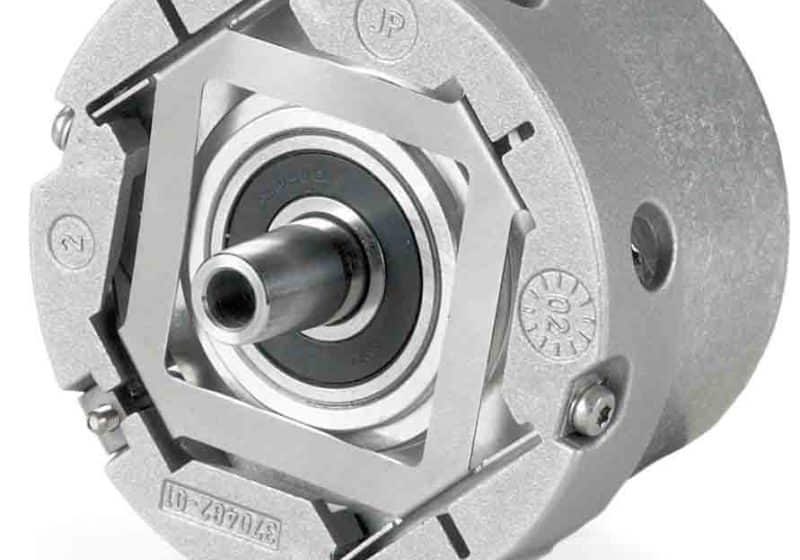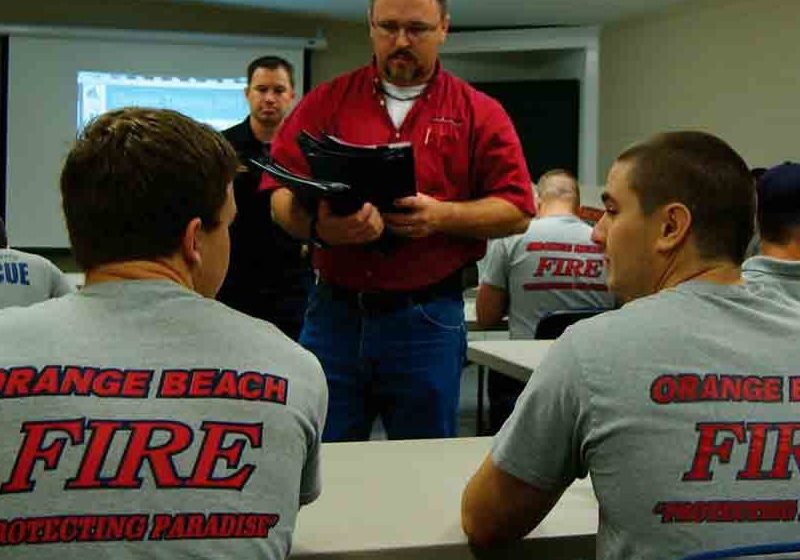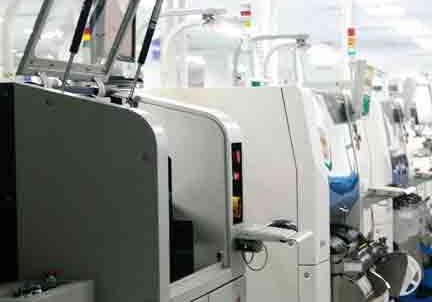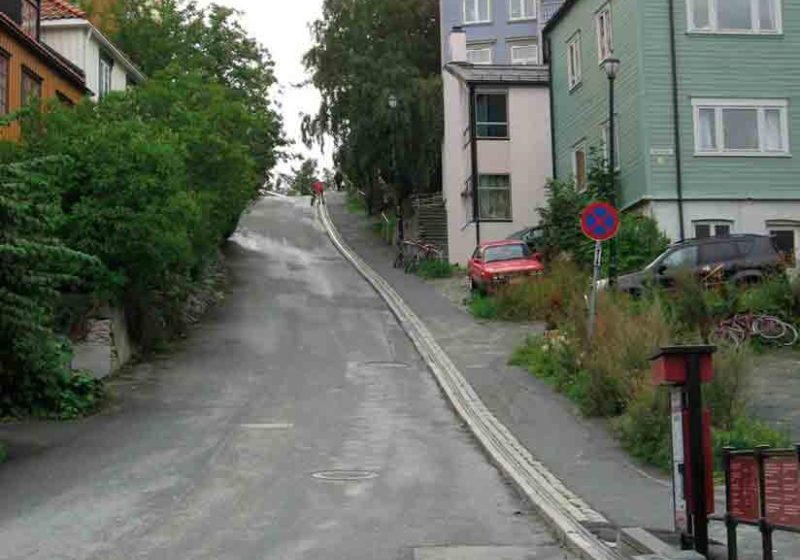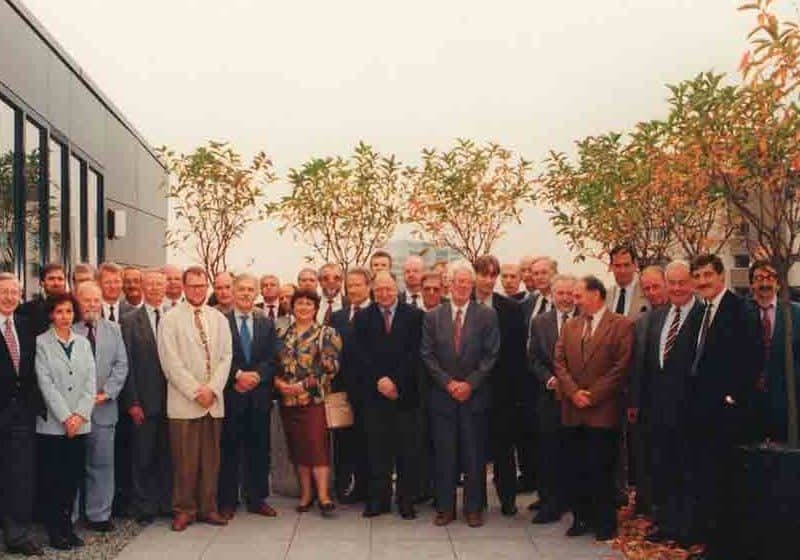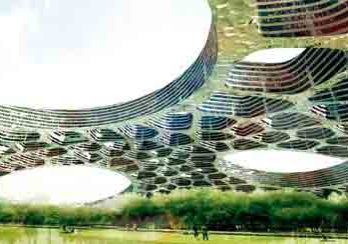A look at several elevator components appropriate for modernizations
Modernization is a major undertaking and is often more complex than a new installation. Issues such as newer technologies, modified codes and improvement in the items to be replaced need to be considered and addressed. While upgrading an elevator system has its challenges, modernizations are a major part of every contractor’s business. Let’s take a step-by-step look at some of the issues to consider when planning a modernization.
Traveling Cable
The heart of today’s modernization is almost always new controls and signal fixtures. Whether the elevator contractor is going with OEM equipment or nonproprietary aftermarket equipment, power and connectivity are musts.
A fairly new issue with traveling cable in the North American market may seem to be the choice between flat and round, but it depends more on conductor count and reliability. A single round cable (such as Draka Elevator’s Super-Flex® cable) can contain a large number of conductors, thereby reducing the number of cables required per elevator. In addition, round cables have less surface area than similar flat cables. These characteristics make round cables ideal for use in high-rise, high-speed applications.
Parallel flat cables are best utilized when few conductors are needed for a given elevator. Also, flat cables typically form smaller loops than their round counterparts. For these reasons, flat cables are often specified for lower-rise applications and situations where loop clearance is minimal.
If multiple flat cables must be combined to achieve the proper number of conductors, a single round cable is more cost effective when considering total installed costs. Unitized flat construction allows more conductors per cable but does not compare favorably with parallel flat construction or, at times, the equivalent round cable product cost.
Finally, existing conditions (such as wireway and conduit that may be retained) may be a factor in determining the appropriate travel cable.
Hoistway Wiring
New controls, fixtures, door operators, cabs, etc. have one thing in common – new wiring. Make sure all new wiring meets current codes and safety standards. If a wireway requires replacement, specify galvanized trough that is both strong and corrosion resistant.
Wire Rope and Compensation
On a traction modernization, there is often a need to replace the old wire ropes. Advances in rope construction allow a rope to be better matched to its application. For instance, a basement machine (which subjects wire rope to reverse bending) would benefit from a compacted-strand rope such as Gustav Wolf’s CompactTrac™. The compacting process produces more contact between ropes and sheaves, while reducing surface pressure, which extends rope service life.
A rope with a steel-reinforced natural fiber core provides reduced stretch and cross-section deformation with higher breaking strength. Built with larger outer wires to increase wear resistance, Gustav Wolf’s PAWO F3 is recommended for use on mid/high-rise elevators wherever extra-high-strength traction wire rope is specified to extend rope service life and reduce (or even eliminate) the labor cost of repeated rope shortenings.
For high-rise and high-speed upgrades, PAWO F10, with its full-steel independent wire-rope core and nine-strand filler-wire construction, works to achieve minimal stretch, a round cross-section, excellent flexibility, increased resistance to rope fatigue due to bending and maximized breaking strength.
For outside applications or to protect ropes from weather and corrosion associated with outdoor and mine elevators, consider using a galvanized rope. When replacing wire rope, we strongly recommend the sheaves be carefully checked and re-grooved (or replaced) as necessary. New rope on old sheaves can rapidly produce unacceptable wear.
Components and Systems
Does the job lie within an area subject to earthquakes? A seismic-detection device may be required by local codes. Light curtains are more comfortable for passengers than bumper-type guards – be sure to choose one with a universal interface for ease of installation.
For replacement of a hydraulic unit, some of the newer units (such as the Minnesota Elevator SS series) are efficient, quiet and can be fitted with oil coolers for even greater efficiency. Newer units can even run using “green” vegetable oil.
Tools and Hardware
A job done right requires the proper tools and correct techniques. While a utility knife is a handy all-purpose tool, a depth-adjustable stripper like a Flexi-Peeler™ or Super Peeler will prevent accidentally nicking insulation. A go/no-go gauge can tell you in 5 seconds. whether a rope is still within code compliance or needs immediate replacement. And the newest generation of rope-tensioning systems (such as the Micelect RTS) can help adjust rope tension in minutes instead of hours.
Consider the time and trouble it takes to collect simple hardware. What if all of the connection hardware you needed – screws, bolts, hookup, wire, wire nuts and even rolls of electrical tape – arrived in the same shipment as your other components? Draka kits allow specification of almost any modernization product to be shipped to the jobsite.
Maintenance and Safety
So many of the key components of a successful elevator modernization have to do with the safety of the workers and traveling public. Most traction-elevator projects today require a device to safeguard from unintended motion; a rope brake may be a necessary part of the bid.
Also consider items that may lower your customer’s operating costs. LED lighting is now an affordable alternative to incandescent and fluorescent lamps. Kits from i2Systems produce warm and inviting light with LEDs that can last 10 times longer than conventional fixtures. When you combine the minimal replacement cost with the power savings (LEDs use a fraction of the wattage of regular lighting systems), real savings can be achieved.
Get more of Elevator World. Sign up for our free e-newsletter.


